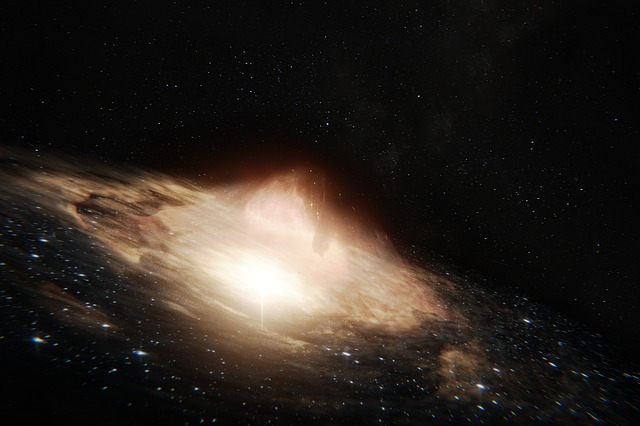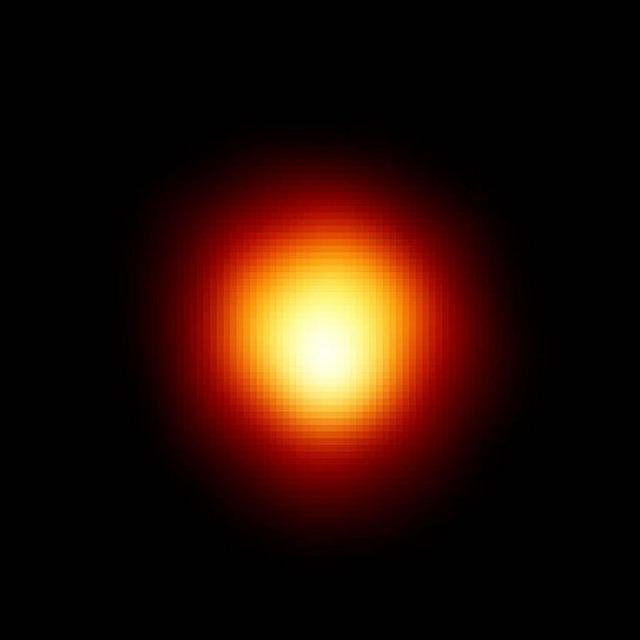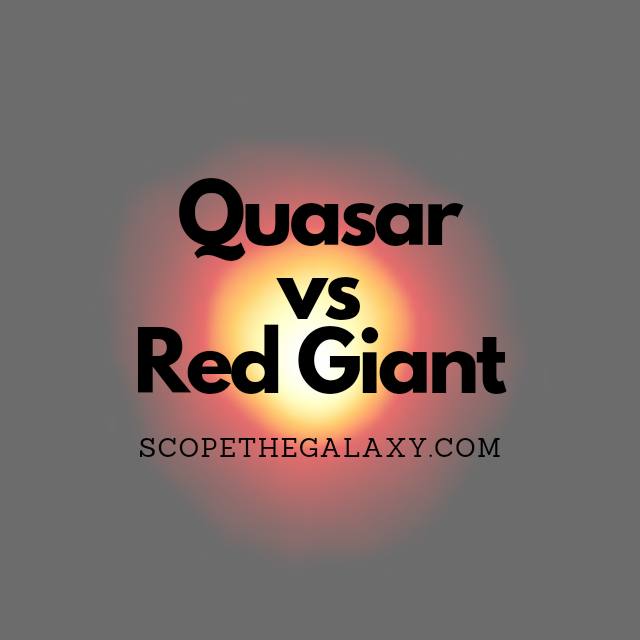*This post may contain affiliate links. This means we may make a commission if you purchase an item using one of our links*
Quasars are active galactic nuclei that can be found in the accretion disc of supermassive black holes, propelling jet particles angled towards and generating light more luminous than everything in the known universe. On the other hand red giants are the penultimate phase in a stars life where they bloat up exponentially in preparation for a supernova or planetary nebula before leaving behind a stellar remnant.
These two entities are very different from one another despite how bright both can appear in our night sky. For a more thorough breakdown of what quasars and red giants are along with their similarities and differences, continue reading.
What Is A Quasar?
Table of Contents

Quasars are extremely bright celestial objects powered by supermassive black holes, found in the center of galaxies. They tend to also be referred to as an active galactic nucleus or AGN for short.
Quasars were initially called quasi-stellar radio sources however, this name isn’t entirely consistent with the type of waves they generate as only around 10 percent of all quasars that have been discovered produce strong radio waves.
As for how bright they can be, quasars have been observed to exceed levels that are upwards of 100 times the brightness of the galaxies that hold them.
Although not an absolute, many scientists believe these bright objects are formed when light escapes at the edge of a supermassive black hole just before reaching its event horizon. Some light gets drawn in whilst other particles jet out at a tremendous pace, which is how the erratic and powerful light of a quasar forms.
At this moment in time we have discovered roughly 750,000 unique quasars extending across various ages, with the farthest from us roughly 13 billion light years away.
Therefore, not only are these enigma’s extraordinarily powerful but, they can even be used as time capsules to observe how our universe came to be, relatively close to when the theorised big bang occurred.
What Is A Red Giant?

A red giant is a star reaching the end of its life and entering the last stages of its evolution. The majority of stars in our Universe are known as main-sequence stars – or those which utilize nuclear fusion to convert hydrogen to helium.
During its ordinary life, the inward pressure of gravity is balanced by the outward pressure of nuclear fusion, which holds the mass together. But, when fusion ceases, the force of gravity exceeds the pressure of fusion, and the star begins to compress.
As this happens, it increases the temperature inside the star and ignites a burning hydrogen shell. The helium core continues to shrink while its temperature increases – and this gives energy to the hydrogen shell, which increases in luminosity as it continues to expand.
A red giant will grow 100 to 1000 times wider than the size of our sun, giving it a total width of somewhere between 100 million to 1 billion kilometers. And it’s this vast surface area that keeps the temperature relatively cool – 2,200 to 3,200 degrees Celsius.
Our sun will turn into a red giant in around five billion years. At this point, the sun will engulf the inner planets as it expands.
How Are Quasars And Red Giants Similar?
Quasars and red giants are made of very similar elements, with their core particular made of hydrogen and helium. Other than this similarity, red giants are built in a very different manner from one another.
One thing’s for sure though, red giants wouldn’t last a second if it ever found itself within the confines of a quasar as they are far more powerful and intense in how they affect their surroundings.
Differences Between Quasars And Red Giants
The differences on the other hand are quite vast and include the following:
- Quasars are formed around supermassive black holes whilst red giants are the product of larger stars that are nearing their final phase before becoming a stellar remnant. This could result in the star becoming a white dwarf, neutron star or black hole.
- Quasars are the most luminous entities in the universe and are in turn far better than all red giants.
- Red giants tend to go through either a supernova explosion or planetary nebula, leaving behind stellar remnants whilst quasars are not stars therefore when they dissolve nothing will be left behind.
- Quasars are amongst the oldest entities that we are able to observe.
- Quasars are extremely hot, eclipsing 100+ billion degrees Celsius whereas red giants are far cooler at 2,200 – 3,200 degrees Celsius.
- Quasars are known to last for roughly 10 million years whilst the red giant phase varies depending on their star, ranging anywhere from 10 million to 2 billion years.
- We’ve only discovered 750,000 quasars in the universe where in the Milky Way alone we’ve discovered upwards of 150,000 red giants with the the true number likely much higher. The same can be said for quasars too but, they need a supermassive black hole to function. Every galaxy only has one of these cosmic entities therefore, there are bound to be less of them.
- Quasars are far bigger than red giants where the largest ones can easily exceed 100 billion kilometers in diameter. The largest red giants are around 1 billion kilometers in size.
Summary
Quasars and red giants are a completely different category of interstellar entity, one is such a constant in our universe that we would never be able to truly calculate how many there are whilst the other is far rarer, only sighted around the supermassive black holes of some galaxies.
Just in regards to size, quasars blow even your largest red giant out of the water and when you take into consideration how much more powerful they are than even the largest red giant, if a red giant were to be caught in confines of these bright stellar entities, I’m almost certain nothing but dust would remain.

